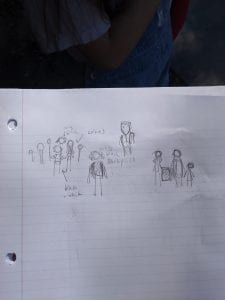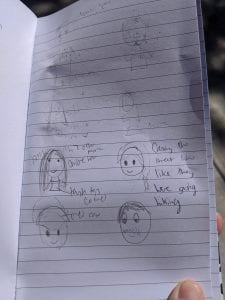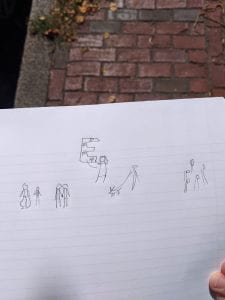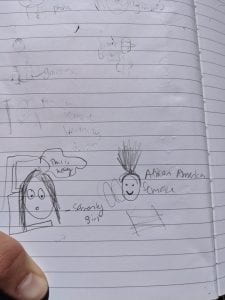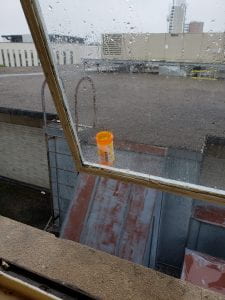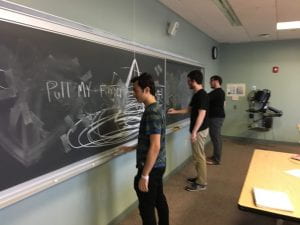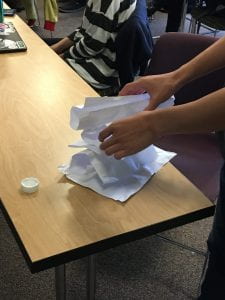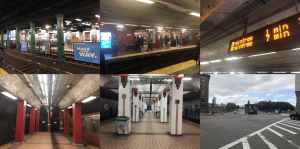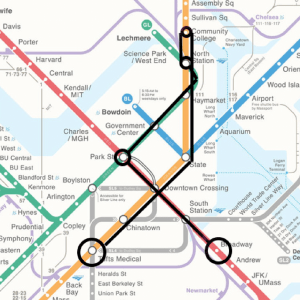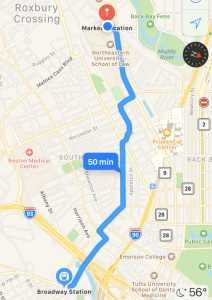Original: Self-Portrait
Place a mirror in front of you. Using a clean sheet of paper and a new pencil, draw what you see, sharpening as needed. Stop when your pencil disappears. Leave the drawing but remember to take everything else.
Final: Self-Portrait
Place a mirror in front of you so that you are looking at yourself without distraction. Using a clean sheet of paper and a new pencil, draw what you want without erasing. Sharpen as needed, stopping only when your pencil disappears. Leave the drawing but remember to take everything else.
This score was inspired by a lot of work stemming from East Asian Taoist and Buddhist art. The actual voice for the score was inspired by East Asian poetry. I wanted a piece that was very simple in concept, but difficult in execution. I wanted it to be a challenge for the performer, as well as a lesson of sorts. My main ideas were of introspection, self-concept, and self-healing. When I thought of this score, I intended for it to be repeatable, and meditative, and designed it as a form of meditation. In its first iteration, the main idea was that the performance should get more difficult as you draw as there is less you see to draw, and at this point you would need to search harder for what to draw. In the second iteration, after I attempted the performance myself, I realized that I wanted to make it a bit more intense of an experience, so I added the rule that you can’t erase, so everything you draw is permanent. During class, some comments were that the score was vague, which I intended, but I tightened it up a bit, adding the lines that the space should be free of distractions. Some people realized that by the way I worded it, that the performer didn’t need to draw themselves necessarily, so I took with that and changed it so they draw whatever they want and I also added that they need to see themselves in the mirror. After performing the score, I saw some additional themes of just the experience of life. Thinking about Dada and how they made equivalent both art and life, I thought about how the score was really about the experience of making art rather than the actual drawing itself, in the same way that perhaps life is more about the experience than about the actual content.
Rishi

